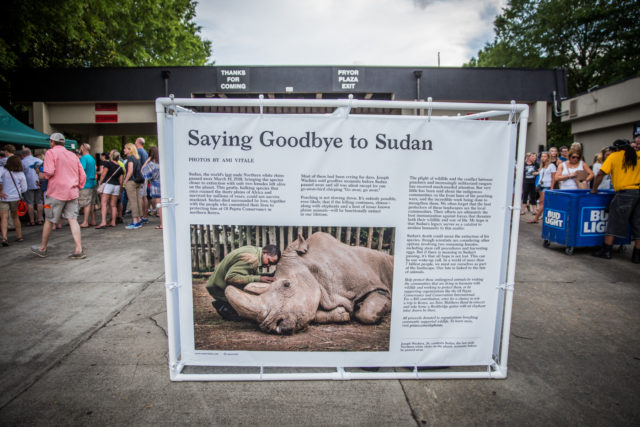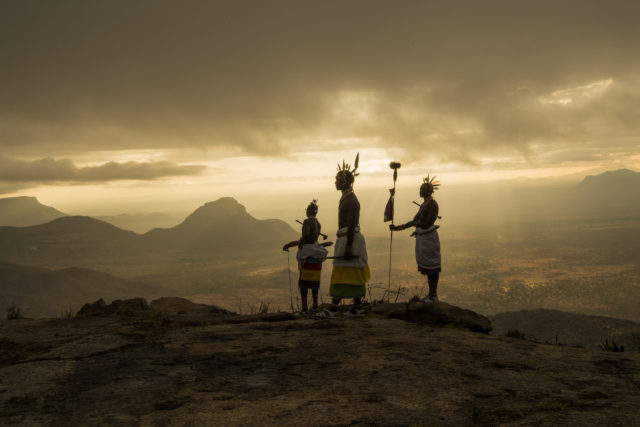Ami Vitale was a recent guest on REI’s podcast, “Wild Ideas Worth Living.” Her wild idea? To use photography to help people from around the world understand each other and connect. To raise awareness about cultures, communities, animals, and the environment.
Ami is a world-class photographer who has traveled the world on assignment for publications like National Geographic and the Associated Press. She got her start in journalism working as a war correspondent, and now focuses on stories, videos, and photos about culture, wildlife and the environment. As a storyteller, she’s traveled to over 90 countries, lived in mud huts and war zones, contracted malaria, and even donned a panda suit.
To listen to the full podcast, visit here.



